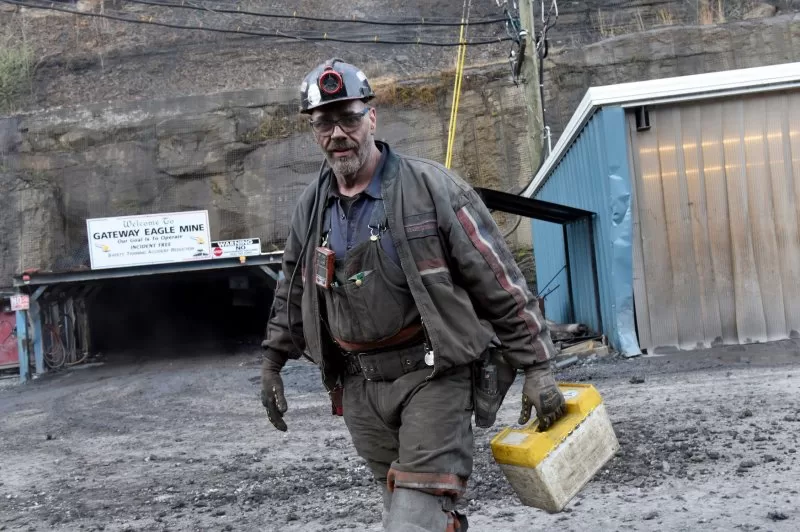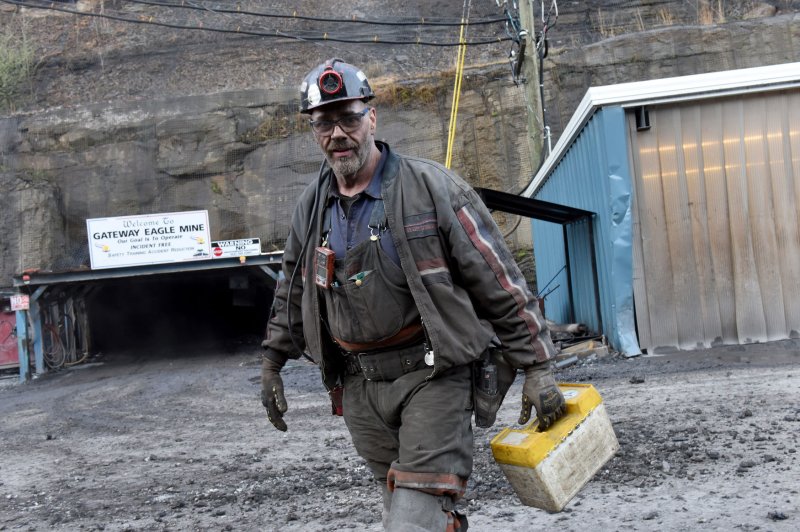1 of 2 | The Biden administration on Thursday announced tens of millions of dollars to clean up polluted mines in Kentuky. File Photo by Debbie Hill/UPI |
License PhotoMarch 1 (UPI) — The Interior Department has earmarked $74.2 million to clean up abandoned, polluting mines in Kentucky, the Biden administration announced Thursday.
The money will be used to address “dangerous mine shafts, reclaim unstable slopes, improve water quality by treating acid mine drainage and restore water supplies damaged by mining,” a release from the Interior Department said.
Kentucky received $74.2 million in 2022 for similar abandoned mine clean-up efforts.
Acting Deputy Secretary of the Interior Laura Daniel-Davis joined Kentucky Gov. Andy Beshear to announce the allocation and said in addition to cleaning up the abandoned mines, the money would create “good-paying jobs and catalyze economic opportunity in the state.”
The money comes from the administration of President Joe Biden‘s Investing in America agenda.
“Through President Biden’s Investing in America agenda, we have a historic opportunity to address nearly all currently inventoried abandoned mine lands across the country and create good-paying, family-sustaining jobs in coal communities in the process,” said Daniel-Davis. “With these new resources, the Biden-Harris administration is creating new economic opportunities, improving the health, safety and quality of life of so many Americans and making a real, tangible, coordinated investment in Appalachia.”
Interior officials say reclaimed abandoned mine land is used for recreational facilities, advanced manufacturing and renewable energy projects.
“As directed by the Bipartisan Infrastructure Law, funding will prioritize projects that employ dislocated coal industry workers,” the Interior Department’s release said.
While in Kentucky for the announcement, federal officials also toured the East Kentucky Advanced Manufacturing Institute, which retrains workers from the eastern Kentucky regions in preparation for new careers in automation and robotics.
That facility was created with $2.5 million designated to renovate existing structures and campus grounds in the wake of the largely shuttered coal industry.
Daniel-Davis Thursday also unveiled the department’s new Appalachia Keystone Initiative, part of the Restoration and Resilience Framework, to address the intersection of climate change and the ecological, social and economic needs of the region.
“The Appalachian Mountains are home to a wide array of plant and animal species, ‘superhighways’ of species migration, resilient forests and headwaters of most of the great rivers of the East Coast,” the release said.
“The effects of legacy pollution are significant throughout Appalachia, due to a long legacy of coal mining and oil and gas development. Through local partnerships, the Appalachia Keystone Initiative will coordinate investments across the region to enhance biodiversity, expand outdoor recreation and tackle legacy pollution.”
The Bipartisan Infrastructure Law has allocated $16 billion to address industry pollution, including $11.3 billion in abandoned mine land funding over 15 years. That money is expected to address nearly all of the abandoned coal mines in the nation and help communities recover from the environmental and societal damage it caused.
So far, nearly $200 million has been set aside for projects in Alaska, Arkansas, Colorado, Illinois, Indiana, Iowa, Kansas, Maryland, Missouri, New Mexico, North Dakota, Ohio, Texas and Wyoming. Additional funds will be awarded to eligible states and Tribes on a rolling basis, the statement said.
The funding also assists in the transition to cleaner energy in the wake of mine closures and power plants, as well as targeting Biden’s so-called Justice40 Initiative, which sets a goal of delivering 40% of the overall benefits of select federal investments to disadvantaged communities that are marginalized by underinvestment and overburdened by pollution.

